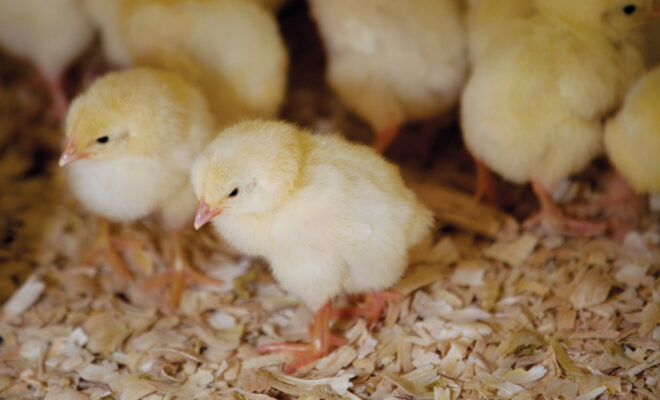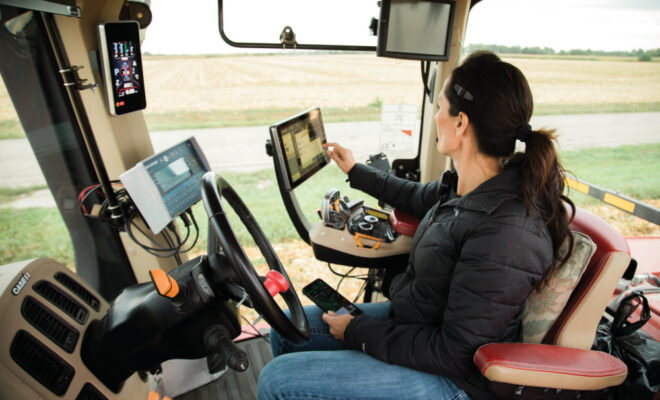I remember watching the neighbor boy at 8 years old carefully back a pedal tractor and wagon into a tight spot on our front walk, simply to turn around. I would have dismounted the pedal tractor and drug the whole conglomeration to a new position. But he treated his pedal power like the real deal, and today the young teen backs a trailer like a man, as defined in my book.
It’s a bit exaggerated to say that my husband’s ability to reverse a trailer won my heart more than 15 years ago. But I cannot imagine marrying a man without the skills to handily reverse an implement into the depths of the shed or back the fishing boat into the lake, with or without my eyes to help. Outside of me, lots of farm women perform the reversing role just as well.
Out here in farm country, you could say the art of reversal represents part of our culture. Farm folk back trailers, planters and sharp tillage tools within the confines of penetrable metal-walled sheds. From fair to fair, livestock show families reverse trailers to barn entrances. As a youngster, I watched members of our 4-H club win trophies after they skillfully maneuvered tractors through a course with two- and four-wheeled attachments, the latter with the added challenge of an articulating axle. Without assistance, they backed the wagons between posts topped with golf balls that fell if bumped.
Such imaginary golf balls stand a better chance for some of us with the aid of hand signals from a person at the rear, barring no miscommunication. One of my farming cousins said her husband uses a two-armed wave that closely represents both “stop” and “come on back,” depending on which direction his arms slice the air. In a failed backing attempt, she signals similarly in surrender. Another cousin says the only difference between her dad’s hand signals for “keep coming” and “roll the loader bucket” lies within the speed of his curling fingers.
Such scenes lack laughter in the moment, so I await my husband’s voice to indicate whether my release of the brake while in the park position helps or hinders the hitch-up. Once hitched, I avoid any public display of my reversing skills with an attachment and rather plan ahead for spaces to circle a public turnaround. In fact, when 4-H project enrollment time arrives, I volunteer to guide our kids through 100 percent of the 4-H pig chores if my husband could just lovingly back the trailer up to the swine barn at fair time, where I help signal the way.




